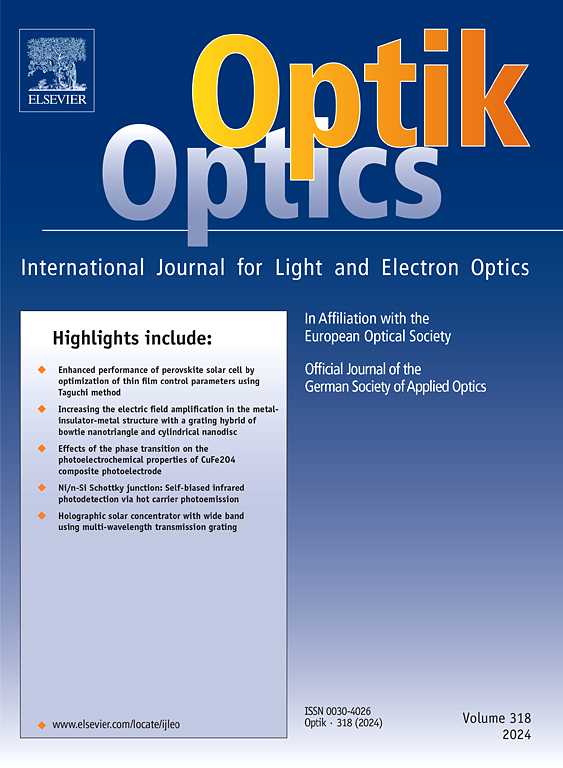BRDF determination based on topography measurement and Monte Carlo ray tracing
IF 3.1
3区 物理与天体物理
Q2 Engineering
引用次数: 0
Abstract
The Bidirectional Reflectance Distribution Function (BRDF) is a function that relates the incident light on a surface to the reflected light, which depends on several parameters such as the angle of incidence, the angle of reflection, the wavelength and the surface properties of the material. Knowledge of the BRDF is very important, especially in infrared thermography, to predict the light behavior in a reflective environment and its effect on the interpretation of the infrared (IR) image. This paper proposes a new BRDF modeling method for opaque materials with different roughness. The method is based on a 3D reconstruction of the sample surface obtained from topographic measurements such as confocal and atomic force microscopy (AFM) and Monte Carlo ray tracing algorithms (MCRT). The relevance of the topographic acquisition is closely related to the surface properties of the sample, in particular roughness and homogeneity. The BRDFs calculated with this method were compared with BDRFs measured with two different experimental spectrophotometer systems equipped with goniometers in order to validate this new approach.
基于地形测量和蒙特卡罗射线追踪的BRDF测定
双向反射分布函数(BRDF)是将表面上的入射光与反射光联系起来的函数,它取决于几个参数,如入射角、反射角、波长和材料的表面特性。了解BRDF对于预测反射环境中的光行为及其对红外(IR)图像解释的影响非常重要,特别是在红外热成像中。针对不同粗糙度的不透明材料,提出了一种新的BRDF建模方法。该方法基于从共聚焦和原子力显微镜(AFM)以及蒙特卡罗射线追踪算法(MCRT)等地形测量中获得的样品表面三维重建。地形采集的相关性与样品的表面特性密切相关,特别是粗糙度和均匀性。将该方法计算的BRDFs与两种不同的实验分光光度计系统测量的BDRFs进行了比较,以验证该方法的有效性。
本文章由计算机程序翻译,如有差异,请以英文原文为准。
求助全文
约1分钟内获得全文
求助全文
来源期刊

Optik
物理-光学
CiteScore
6.90
自引率
12.90%
发文量
1471
审稿时长
46 days
期刊介绍:
Optik publishes articles on all subjects related to light and electron optics and offers a survey on the state of research and technical development within the following fields:
Optics:
-Optics design, geometrical and beam optics, wave optics-
Optical and micro-optical components, diffractive optics, devices and systems-
Photoelectric and optoelectronic devices-
Optical properties of materials, nonlinear optics, wave propagation and transmission in homogeneous and inhomogeneous materials-
Information optics, image formation and processing, holographic techniques, microscopes and spectrometer techniques, and image analysis-
Optical testing and measuring techniques-
Optical communication and computing-
Physiological optics-
As well as other related topics.
 求助内容:
求助内容: 应助结果提醒方式:
应助结果提醒方式:


